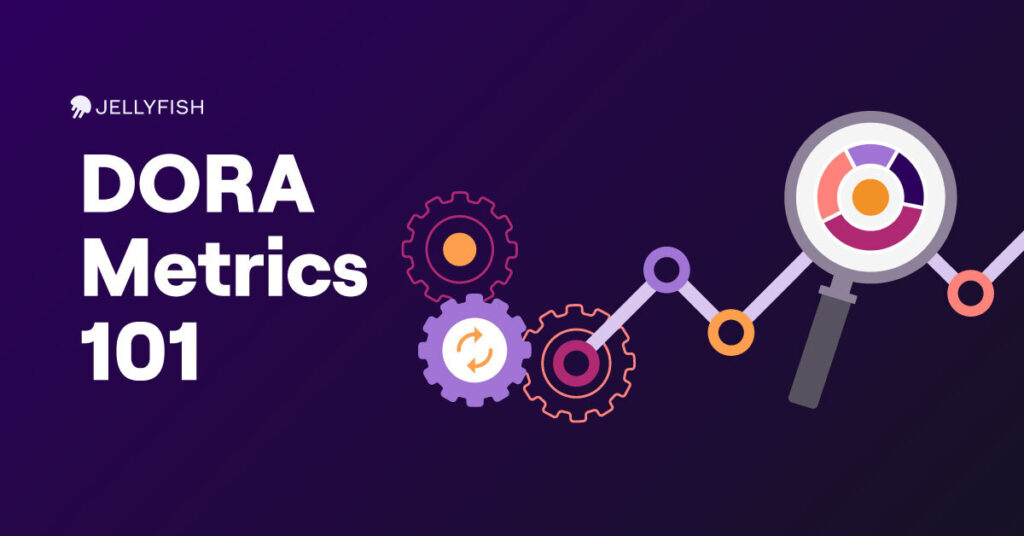“Effective management is putting first things first. While leadership decides what ‘first things’ are, it is management that puts them first, day-by-day, moment to moment.” – Steven R. Covey, The 7 Habits of Highly Effective People.
Leadership and Management Responsibilities
As we progress through the age of software, and engineering strategy becomes closely intertwined with business strategy, we expect that the number of responsibilities put on engineering management will only continue to increase. In addition to managing the daily operations of the engineering teams and the career development of the engineers within it, more managers are being called upon to set the team priorities. Managers are playing an increasing part in creating the team strategy. There is a name for this responsibility, and it’s called leadership.
The Steven R. Covey quote referenced above offers a simple but effective way to think about how leadership is different from the rest of your management responsibilities. When you’re leading your team, you’re evaluating what your priorities should be; and when managing your team, you’re seeking to improve your team’s ability to execute on those priorities.
At Jellyfish, we think very critically about the responsibilities of engineering management. We believe that data empowers engineering managers and managers of managers to take on the challenges of engineering leadership head-on. As we provide data-driven insights through our Engineering Management Platform (EMP), we’re considering how the data will address the pain points of both leading and managing engineering teams.
In this post, let’s explore how the data within an EMP applies to answering leadership and management questions.
Data for Leadership Needs
Leadership is intently focused on what teams should focus on. Referencing Peter Drucker again, it’s difficult to assess whether your team is doing the right thing if you’re not sure what they’re doing right now. To focus on this part of your role, engineering leaders require increased visibility into the work of their teams. Consulting with management and individual contributors directly can be helpful to better understand why your team prioritizes certain work, but it cannot provide a complete and objective picture of what your teams are working on.
Allocation data within engineering management platforms provide an objective look at what your teams are currently working on. In Jellyfish’s EMP, you will find this type of data in the “Focus on What Matters” Section (as shown below within the Jellyfish Homescreen).

As you dive deeper into the Allocations section, you’ll find readouts on just how much time Engineering is spending on certain types of work. Jumping into the investment section (pictured below) gives you a complete breakdown of engineering work allocation by team and group. How you categorize that work is based on how you categorize work in the tools your developers are using today (such as Jira, GitHub, GitLab, etc). In short, EMPs offer a complete and objective picture of what your teams are working on.

Data for Managing Engineering Operations
As we’ve described previously, the data within EMPs can be used to more effectively examine how to manage your team on a day-to-day basis. The abundance of data at your disposal might overwhelm some managers initially, so it’s important to understand where to start. Here are our recommendations:
There are a number of operational metrics that can be measured that help you understand the current state of your current engineering operations. Overview metrics tables (as shown below) show these at a high level, but deep-dive views should also provide more detail into operational, DevOps, and other metric types by team, group, etc. In Jellyfish, this data comes from the tools that developers are using already as a part of the software development process, and it enables managers to measure team improvements on an ongoing basis.


The best way to think about the use cases for data within management is to think through the questions you ask as an engineering manager. Engineering managers care about team productivity, overall work efficiency, quality, and (of course) team health. At a high level, EMPs offer data insights into each of these concerns that are top of mind. Let’s consider just a small list of questions that EMPs can help answer today:
Are our engineering teams operating more efficiently over time?
- Data to consult: Trends in issue cycle time, PRs merged, issues resolved, etc.
Are our teams collaborating regularly?
- Data to consult: PR reviews over time
How is the health of our current engineering project pipeline? How are projects tracking? How did past deliverables track?
- Data to consult: Deliverables in progress—percentage and volume of issues “in progress” or “to do” within a given project
How effective are our engineering teams shipping code regularly?
- Data to consult: DevOps metrics: Deployment Rate, Issue Change Lead Time, Failure Rate, and Mean Time to Restore. Examine how these are tracking over time and how they compare to industry benchmarks.
How are our data hygiene practices amongst the tools that our engineering teams leverage?
- Data to consult: Unlinked PRs. Explore if there are any trends in unlinked PRs by project, team, group, etc.
Are our developers becoming burned out?
- Data to consult: Coding days per week. Are the number of days trending up or down without a perceived end in sight?
Data-Driven Engineering Management
The application of data-driven insights for engineering management is a relatively new space. We’re all discovering together how to apply data to help manage Engineering, the most complex department of the business. But we know that engineering teams that incorporate data insights into their leadership and management responsibilities are seeing extremely positive results. Next week, in the 2022 State of Engineering Management Report, we’ll quantify just how much engineering teams that get started in their data-driven efforts and adopt EMPs have benefitted over the past year. And if you’re interested in a deeper dive into the insights available within the Jellyfish EMP, be sure to check out our product tour or request a demo today.






